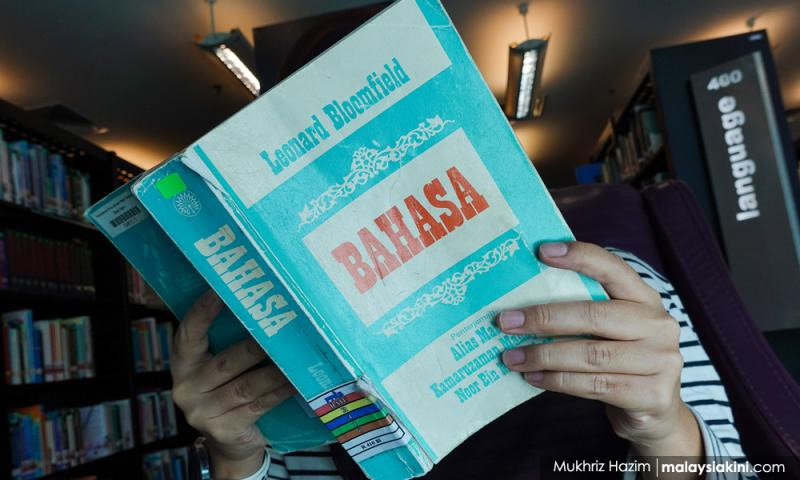LETTER | Let's keep alive conversation on multilingualism
Celebrating and supporting multilingualism
We hear the voice of our mother’s mother,
Speaking in tongues we can no longer decipher,
The ghost of a language
Haunting only in the cold dark hall
Of museum archives
LETTER | If you have been learning in a language that is your mother language or mother tongue in school, you are privileged. You take it for granted as a birthright. Yet, it may be a luxury or an impossible dream for others.
In the recently-published Routledge International Handbook of Language Education Policy in Asia (2022), Kirkpatrick and Liddicoat point out that many children in the region are taught in a language they do not understand because, in Southeast Asia, ethnic minority languages are largely excluded from public education systems.
As debates on the use of children’s mother tongues as a medium of instruction, and the inclusion of the languages of indigenous and minority communities in education continue, this year’s theme for International Mother Language Day (celebrated annually on Feb 21) is 'Multilingual education - a necessity to transform education’. This theme is very much in line with the fourth Sustainable Development Goal, Quality Education.
What is the situation in Sarawak, where an estimated 30 ethnic groups live, with their own languages and dialects? Unfortunately, the loss of many of these languages is imminent.
According to Ethnologue (an annual reference publication in print and online that provides statistics and other information on the living languages of the world), two languages are already extinct in Malaysia, 15 are dying and 101 are in danger. Dying with them is our rich and colourful heritage.
In Malaysia, the teaching and learning of indigenous languages (except for Semai, Iban and Kadazandusun) tends to be left to NGOs and universities. Indeed, we are fortunate to have groups that believe that our linguistic heritage is important for its cultural wealth, as is the case with Bidayuh.
Clear government policies
The Bidayuh are the second largest indigenous group after the Iban in Sarawak. In 2006, the Bidayuh Language Development Project, supported by a three-year grant from the United Nations was a success, with learning materials, including dictionaries being produced in five of the major Bidayuh dialects, as well as the development of the mother-tongue-based multilingual education initiative for pre-schools.
However, the project is still struggling to keep alive with the Dayak Bidayuh National Association as its sole source of funding at the moment. Without clear government policies on indigenous language education, there is little hope for public funding for such projects.
Language policy plays a crucial role in recognising the importance of all languages spoken in a country, and in the promotion and preservation of mother tongues. An effective policy can facilitate language planning and development, promote multilingualism, and engage communities in language preservation efforts. It can assist in ensuring the continued use and transmission of mother tongues for future generations.
NGOs should not be the only ones involved in language revitalisation projects and programmes. Without support from the government, they can only accomplish so much.
At the moment, the spotlight on English in education continues, while indigenous and minority languages struggle to enter the conversations on mother tongue and multilingual education.
It is not impossible to imagine that one day such languages will only be available in archives as distant memories of languages once spoken.
We hear the words of our mother’s mother,
Spoken voices of our little children,
The spirit of a language,
We thought would only live in memories,
Echoes in giant malls and small kopitiams
The writer is a PhD candidate at Universiti Malaya.
RM12.50 / month
- Unlimited access to award-winning journalism
- Comment and share your opinions on all our articles
- Gift interesting stories to your friends
- Tax deductable
